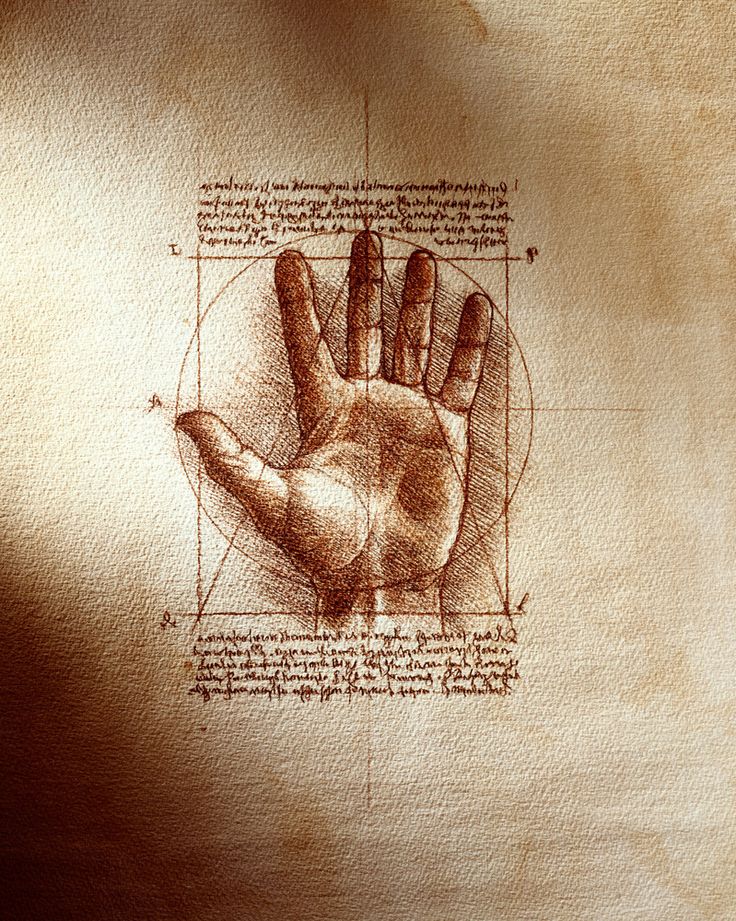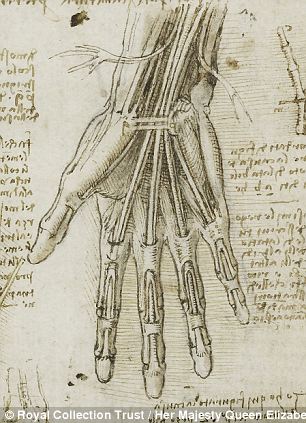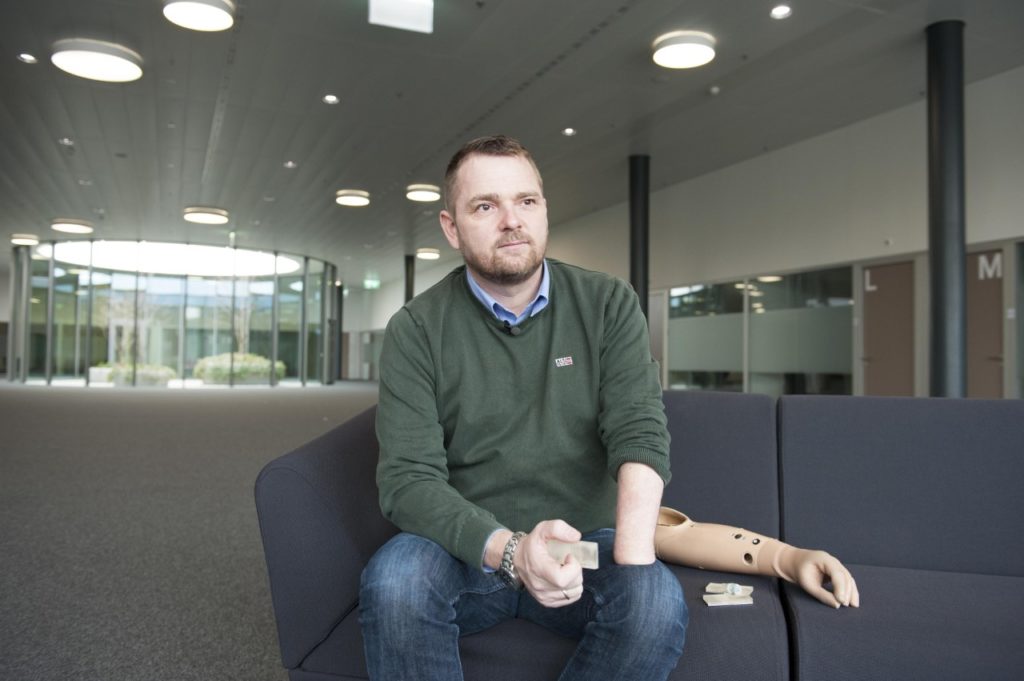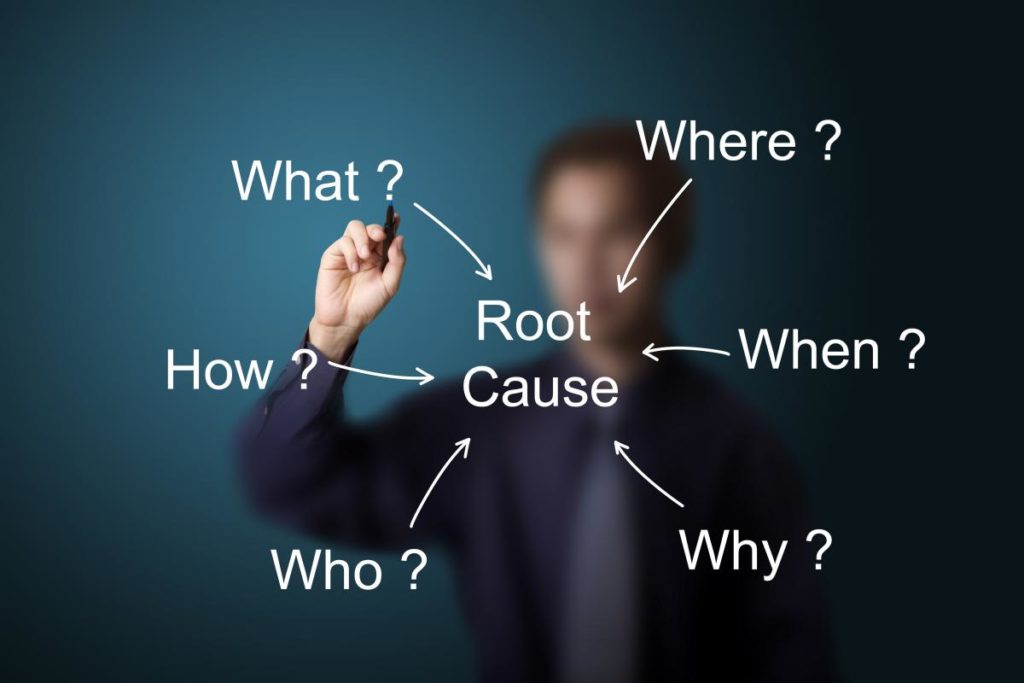Case Vignette
Hand Injuries Can Be Difficult To Assess
Next to the brain and the eye, I regard the hand as being one of the most complex anatomical structures that humans possess. The precise placement of bones and the astonishing array of tendons, ligaments, nerve and blood vessels all combine to form an anatomical unit capable of truly extraordinary pursuits.


The hand can remove a small bead from a nostril and wield a sledgehammer to smash a large rock. The wrist, the hand, the thumb and the lesser digits all combine in a most magnificent way. Mathematical formulae have been used to describe the synchronous movements involved in dextrous activities.
Unsurprisingly therefore, serious hand injuries can have major adverse consequences. Assessing these compromises requires special skill on the part of the expert reporter. These consultations can take considerable time.

The AMA 5 Guides (Chapter 16 in particular) provide considerable guidance for the expert reporter. Every joint is assessed individually, every tendon and nerve function has been allowed for, variations on radiographs have been described and functional components can be considered either in isolation or in concert.

Dominance or non-dominance of the limb is important, as are other factors such as the prior education, training and work experience of the plaintiff. A right handed barrister who loses his left hand in a chainsaw accident will obviously be unhappy about the outcome but not so severely disabled as a concert pianist.
The medicolegal assessment of hand injuries is amongst the most complex tasks that an orthopaedic surgeon can be asked to perform. You should ensure that your expert is up to the mark.







